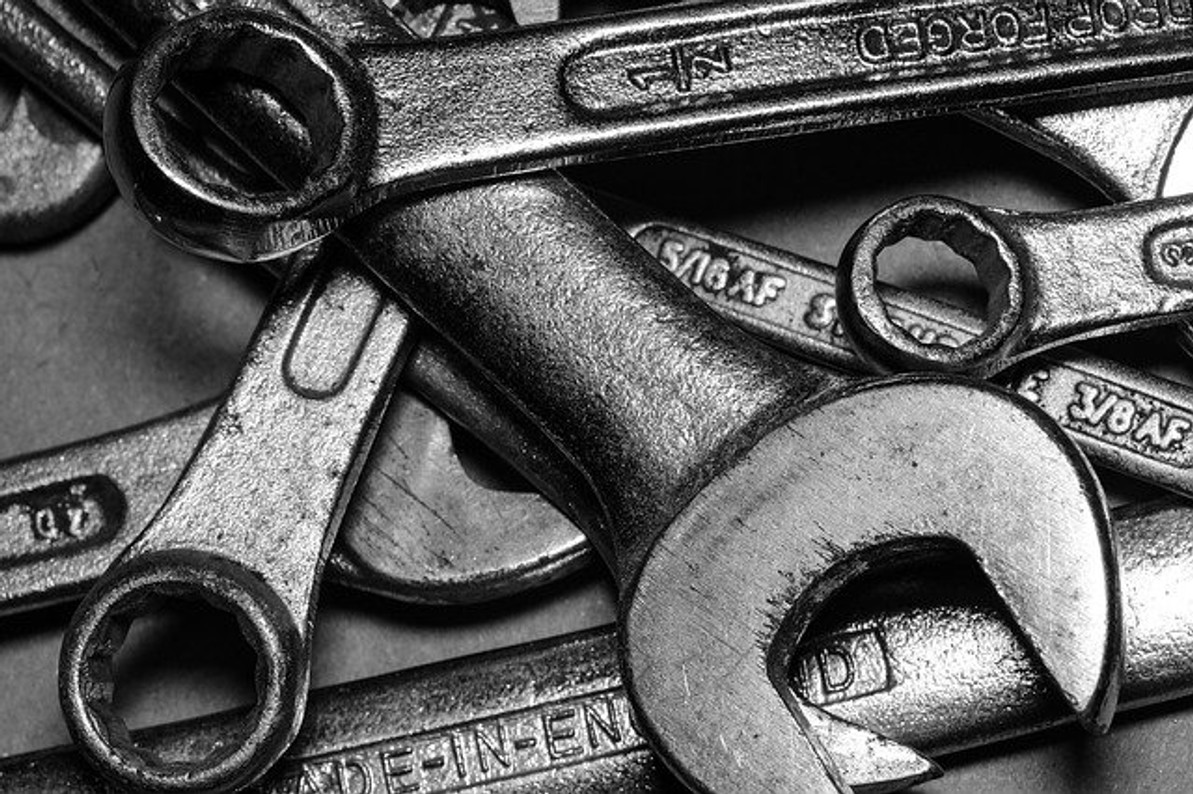Wrench Safety: 5 Safety Tips to Follow When Using a Wrench
Wrenches make it easy to install, as well as remove, fasteners. Also known as spanners, they are handheld tools that consist of a long gripping lever with a fastening device or opening at the top. You can place a wrench around a fastener, after which you can turn it. Turning the wrench will tighten or loosen the fastener, depending on the direction in which you turn it. While wrenches generally have a low risk of injury, there are still a few safety tips you should follow when using them.
#1) Clean Before Using
Before using a wrench, take a minute or two to clean it. Allowing dirt to go unchecked may degrade your wrench. At the same time, a dirty wrench could pose a safety hazard. If it's dirty, you may not be able to grip the wrench, in which case your hand could slip while turning it. You'll be able to create a stronger grip while maximizing the lifespan of your wrench by cleaning it beforehand.
#2) Don't Push
A common mistake workers make when using a wrench is pushing them. Whether they are installing or removing a fastener, some workers push against the wrench, believing it will speed up the process. Pushing a wrench is never a good idea, though. Wrenches are designed to create torque, which is a turning force. They aren't designed to create a pushing force. If you push your wrench while using it, you may inadvertently break it.
#3) Beware of Electricity
Like most other handheld tools, wrenches are typically made of a metal. Some of them are made of pure aluminum, whereas other wrenches are made of stainless steel. Because they are made of a metal, wrenches are conductive. They can conduct electricity while allowing it to pass through them. If you're planning to use a wrench on an electrical device, you should make sure all electricity is cut off to the device.
#4) Don't Strike
Another safety tip to follow when using a wrench is to avoid striking it. If you're struggling to tighten or loosen a fastener with a wrench, you may assume that striking it with a hammer or other tool will help. Unfortunately, striking the wrench will only increase your risk of injury. Wrenches aren't designed to withstand strikes from other tools. If you strike a wrench, it may break. And depending on how it breaks, the wrench could send shrapnel towards your body.
#5) Choose the Right Size
Wrenches aren't one size fits all. You can find them in a wide range of sizes. The size of a wrench, of course, will determine which types of fasteners it supports. You'll need to choose a wrench in the right size for the fastener or fasteners with which you intend to use it.
Recent Posts
-
Fire Safety in the Workplace: What You Need to Know
What steps are you taking to prevent fires in your workplace? According to the U.S. Occupational Saf …Aug 23rd 2023 -
Is It Safe to Go Jogging With a Cold Infection?
If you're suffering from a cold infection, you might be wondering whether it's safe to go jogging. T …Aug 22nd 2023 -
5 Safety Tips to Follow When Using a Powder-Actuated Tool
Powder-actuated tools are commonly used to join materials to steel and concrete. Also known as Hilti …Aug 20th 2023




